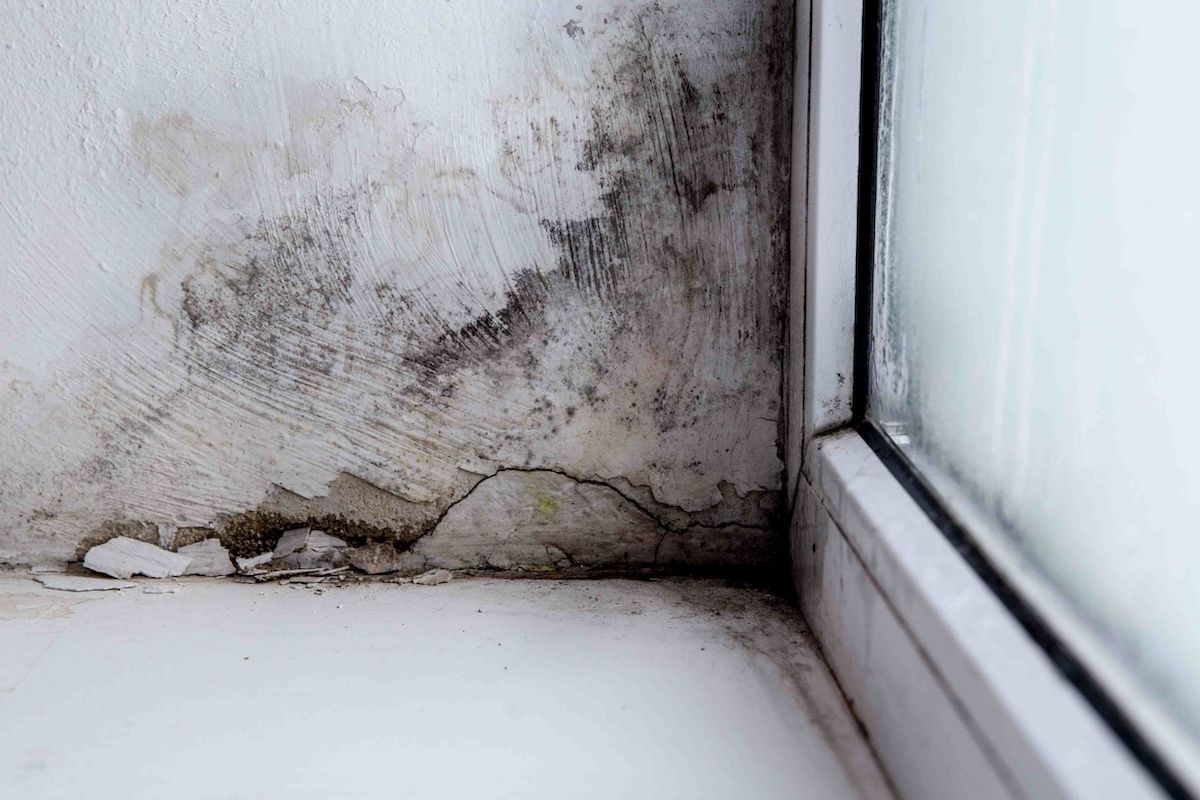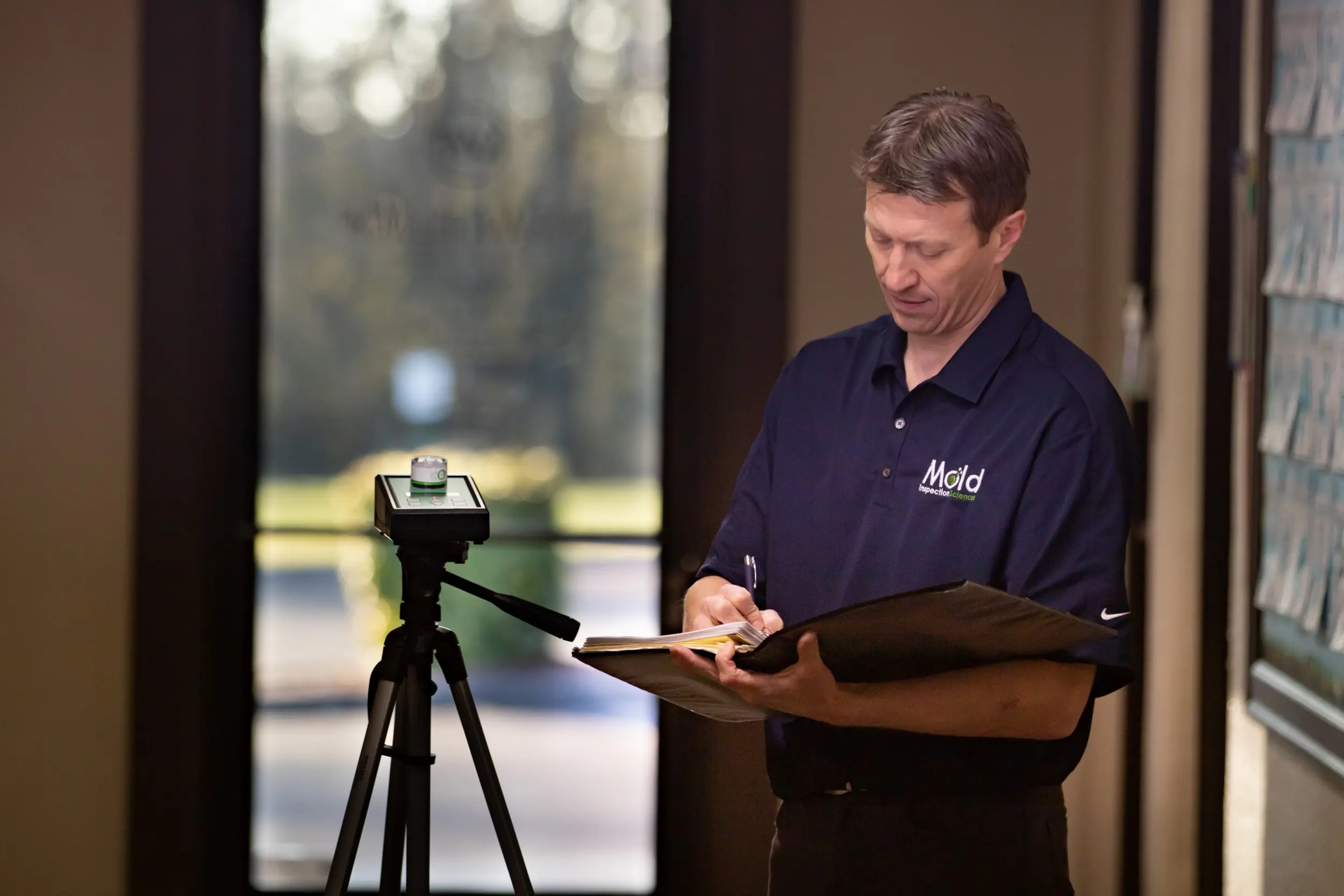Your Ultimate Overview to Message Mold And Mildew Removal Strategies
In the after-effects of mold problem, knowing how to successfully remove the mold and mildew and stop its reoccurrence is vital for keeping a healthy and balanced interior atmosphere. From picking the right cleaning and disinfecting methods to implementing techniques for long-lasting mold and mildew prevention, each step in the removal trip plays an important role in making sure an effective end result.
Recognizing Post-Mold Removal Refine
After finishing the mold remediation process, it is important to understand the post-mold removal strategies that are needed to make sure a effective and extensive cleanup. When the mold has been eliminated, the next step includes cleansing and disinfecting the impacted locations to avoid any type of regrowth of mold. This consists of utilizing specialized cleansing representatives to clean down surface areas and kill any type of staying mold spores. It is necessary to dry the area completely to prevent the growth of mold and mildew in the future (what to do after mold remediation). Proper ventilation and dehumidification can assist in this process.
Furthermore, performing a final inspection post-remediation is crucial to make certain that all mold has been efficiently gotten rid of. This examination ought to entail an extensive aesthetic check in addition to perhaps air sampling to validate the lack of mold and mildew spores in the air. Additional removal might be essential if the assessment reveals any remaining mold and mildew. Educating occupants on preventative actions such as managing moisture degrees and promptly resolving any type of water leakages can help maintain a mold-free environment.
Efficient Cleaning Up and Sanitizing Techniques

Avoiding Future Mold And Mildew Growth

Value of Appropriate Ventilation
Correct ventilation plays a vital duty in preventing dampness build-up, an essential consider mold and mildew development within interior atmospheres. Reliable air flow systems help remove excess moisture from the air, lowering the chances of mold and mildew spores discovering the wetness they require to germinate and spread. Without sufficient air flow, indoor rooms can come to be a breeding place for mold and mildew, leading to potential wellness dangers and architectural damage.
By ensuring proper air circulation, air flow systems can also aid in drying wet areas a lot more promptly after water damages or flooding events, additionally hindering mold development. Post Remediation Inspection near me. Precede like bathrooms, attics, basements, and cooking areas where moisture degrees tend to be greater, installing and maintaining efficient ventilation systems is critical in protecting against mold and mildew invasions

Tracking and Maintenance Tips
Provided the critical duty that correct ventilation plays in preventing mold development, it is vital to establish efficient surveillance and upkeep ideas to guarantee the continued capability of air flow systems. Routine evaluations of ventilation systems browse around these guys must be carried out to look for any type of signs of blockages, leakages, or breakdowns that might hamper appropriate air flow. Tracking humidity degrees within the building is additionally essential, as high moisture can add to mold development. Setting up a hygrometer can help track humidity levels and alert homeowners to any type of spikes that may need focus. Additionally, making certain that air filters are regularly cleaned up or replaced is vital for maintaining the performance of the air flow system. Carrying out a routine for regular upkeep tasks, such as duct cleansing and a/c system examinations, can help prevent issues prior to they escalate. By remaining positive and conscientious to the condition of ventilation systems, residential property proprietors can properly minimize the risk of mold regrowth and preserve a healthy and balanced indoor setting.
Final Thought
Finally, post-mold remediation techniques are essential for guaranteeing a risk-free and tidy environment. Understanding the process, applying effective cleansing and decontaminating methods, protecting against future mold and mildew development, keeping correct air flow, and regular surveillance are all crucial steps in the remediation process. By adhering to these standards, you can efficiently get rid of mold and mildew and avoid its return, advertising a healthy living or functioning space for all passengers.
In the results of mold and mildew infestation, understanding just how to properly get rid of the mold and prevent its reoccurrence is critical for keeping a healthy and balanced indoor environment. Once the mold has actually been eliminated, the following action involves cleaning and sanitizing the influenced areas to stop any type of regrowth of mold and mildew - Post Remediation verification. After removing visible mold and mildew growth, it is vital to clean up all surfaces in the affected location to remove any type of staying mold and mildew spores. To even look at this site more improve mold prevention procedures, it is necessary to deal with underlying issues that originally led to mold advancement.Given the essential role that correct air flow plays in stopping mold development, it is important to establish reliable surveillance and upkeep tips to guarantee the ongoing functionality of ventilation systems